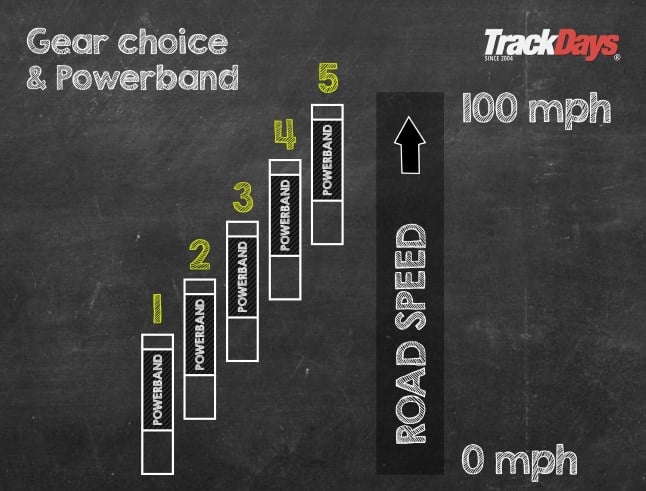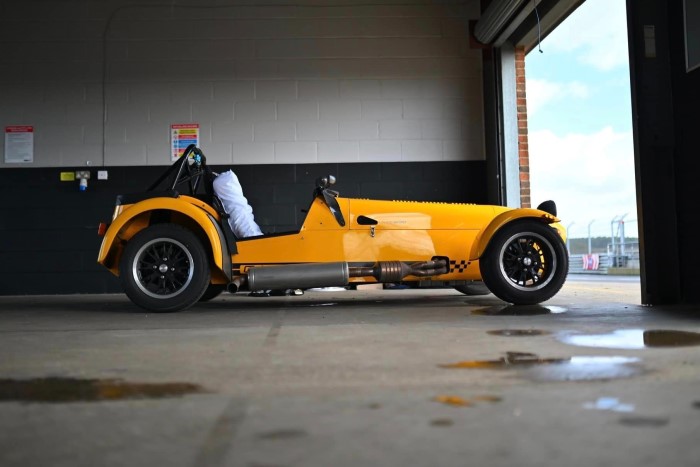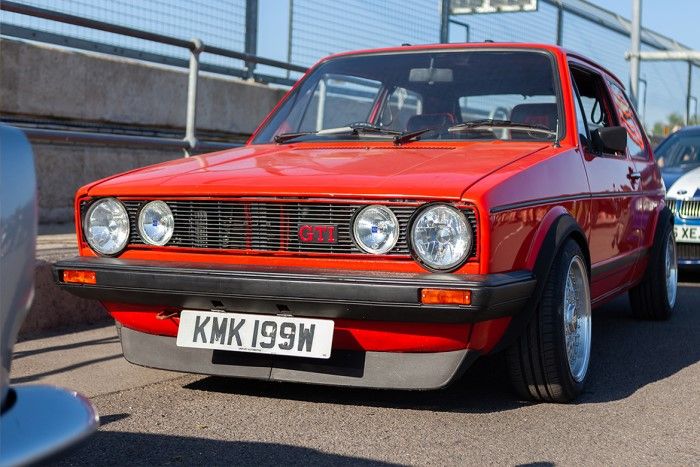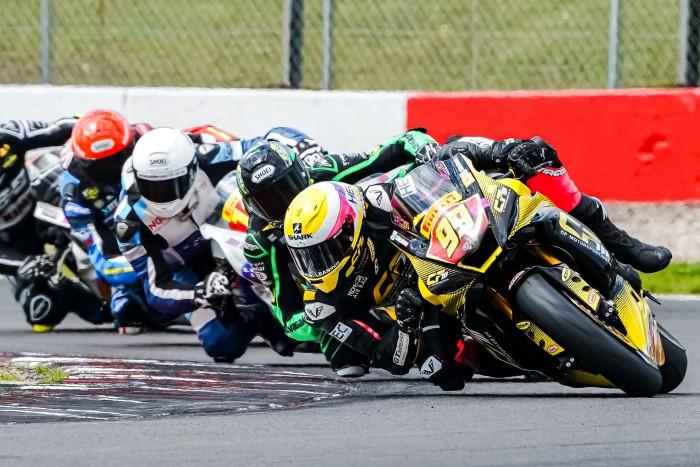Welcome to our Trackdays tutorial on rev matching. When driving on the limits it is important to understand how you can drive more efficiently by making the most of your engine, the gearbox and road speed.
In this guide we are going to take a look at rev matching, a technique used to ensure pleasurable and smooth transition between gears to optimise speed and acceleration in a particular driving situation. Rev matching or 'sustained gear changing' can be a difficult technique to put into practice initially as it can seem somewhat counter-intuitive.
We will go through the various phases of this technique in easy to follow stages, see what the professionals say and answer key questions.
So what is rev matching?Rev matching is a manual gear-changing technique which requires the synchronous use of the gear stick, clutch and accelerator pedals to achieve smooth and highly efficient transition between gears.
Drivingfast.net describes rev matching as a useful technique to learn for both cars and bikes.
"Rev matching is used when down-shifting to smooth the transition between gears, and prevent shock loads through the transmission. It’s a useful skill for the road and track for both cars and motorcycles."
How do you achieve it?The technique is achieved by matching the engine revs to that of the gear you are about to select to maintain road speed. The technique requires practice and can be used when changing up and down gears although it is commonly associated with down shifting.
Many drivers associate changing down a gear to losing speed. Your speed can in fact stay more or less consistent when down-shifting but with the lower gear more suited to the road situation or conditions.
Drivingfast.net states that it is important to understand the 'powerband' when learning rev shifting. The powerband is the optimum revs the engine turns at for a particular gear to accelerate the car.
There is overlap on the powerband for each gear meaning you should be able to shift from one gear to another and still maintain your speed.

As an example, you may be changing gear to be better able to react to twists in the road or a sharp turn. If the car jolts when releasing the clutch there is a difference in road speed and gear speed causing engine braking and the jolt. You can remove the jolt by employing the rev matching technique.
When first practicing this technique you need to break the unconscious habit of touching on the break, when in practice you need to raise the revs of the car. This will keep the wheels turning at the same speed when you release the clutch after changing down.
Changing upWhen up-shifting it is important to get the maximum acceleration out of the lower gear you are changing from. With practice you will understand when you are about to move out of the powerband and into the red.
Changing downIf you are approaching a corner you are obviously going to change down one or more gears to provide the best acceleration when exiting. Ideally you want to select the gear before you enter the corner. Brake to the speed required to safely negotiate the corner before matching the speed to your gear, releasing the clutch and accelerating out of the turn.
When to use it
Rev matching should be a technique you employ on the road and track. It will make you a smoother driver on the road and a faster one on the track whilst putting less stress on your vehicles drive-line. Drivingfast.net think this is a technique that will pay off with practice.
"You don’t need to be 100% accurate when raising the engine revs, and you’ll improve dramatically with practice – try to make this a technique you use every time you drive. With time, you’ll instinctively know when the revs match the road speed and be able to rev match with a satisfying and rapid blip to the throttle."
Benefits of adopting rev match gear changes
1. Prevent sudden jolts and lurching when changing up.
2. Prevent the nose dipping down and putting too much grip into the front tires.
3. Create greater vehicle stability due to smooth and expected weight transfer.
4. Prevent the wheels from locking (In extreme cases)
5. Prevent engine braking and the reduction of stress going through the drive shaft, joints, clutch, gearbox and engine.
As with most driving techniques, practise makes perfect. Rev matching is certainly something you may get to try if you are participating in a track day or driving experience when you have an instructor to show you. Don’t worry if it’s not perfect the first time around - you’ll get the hang of it.





